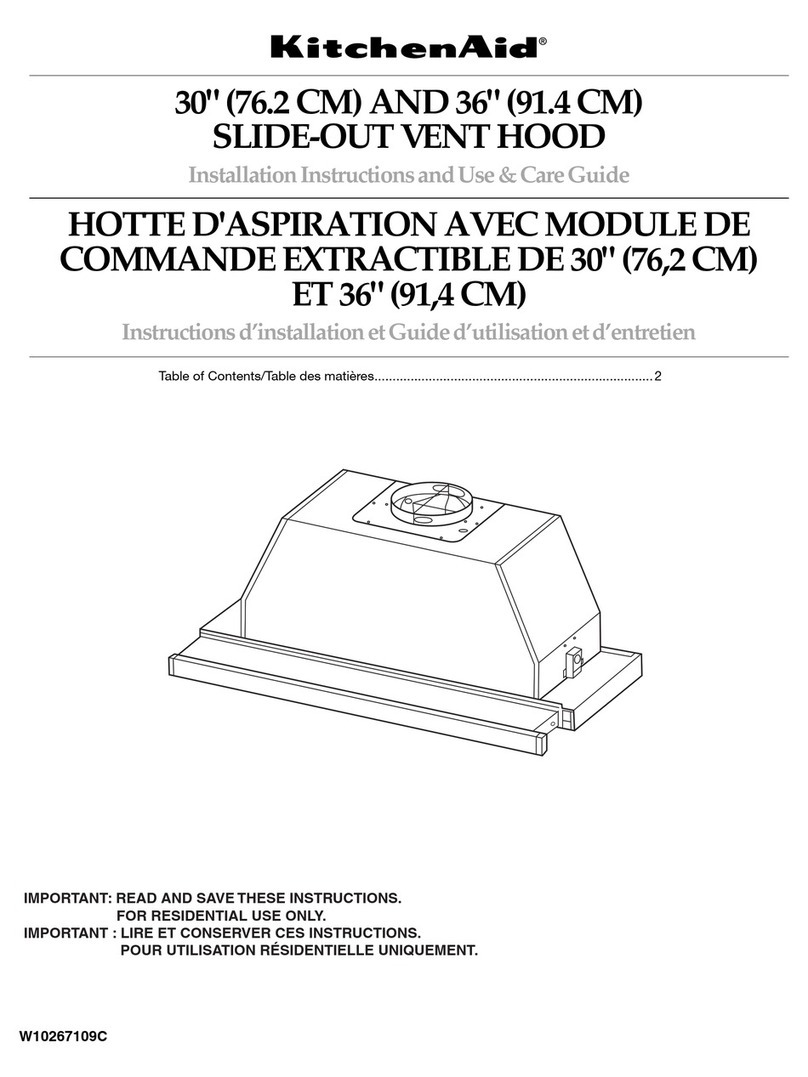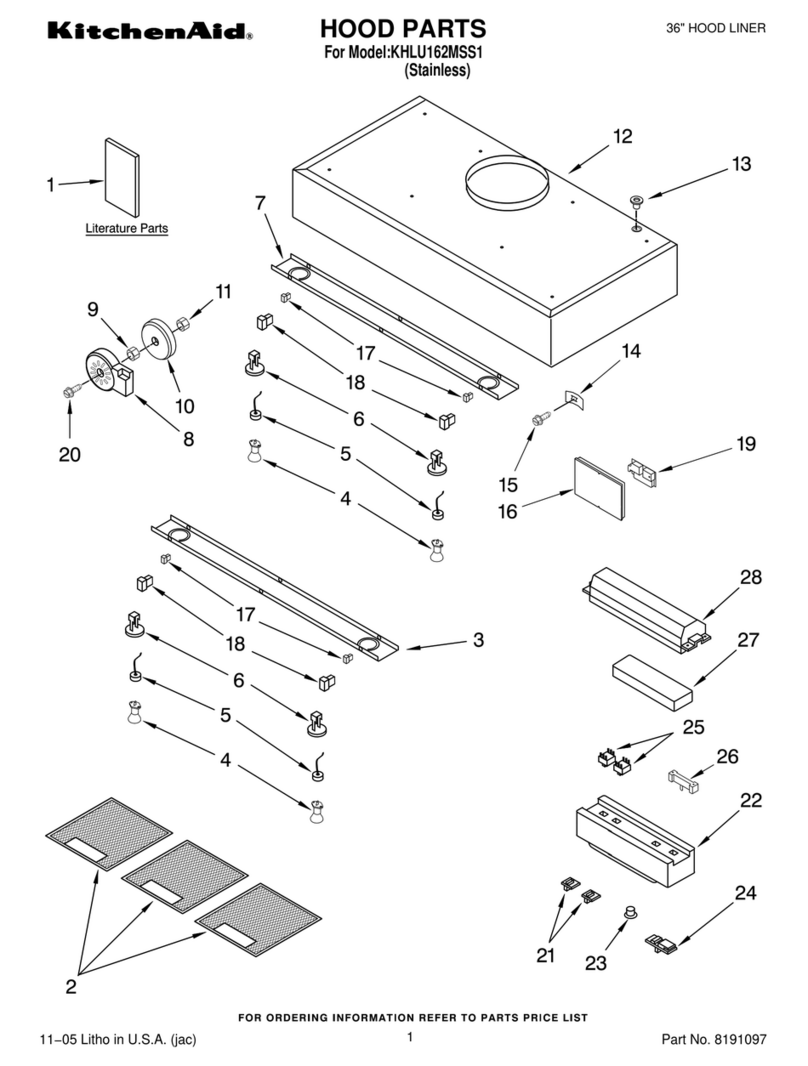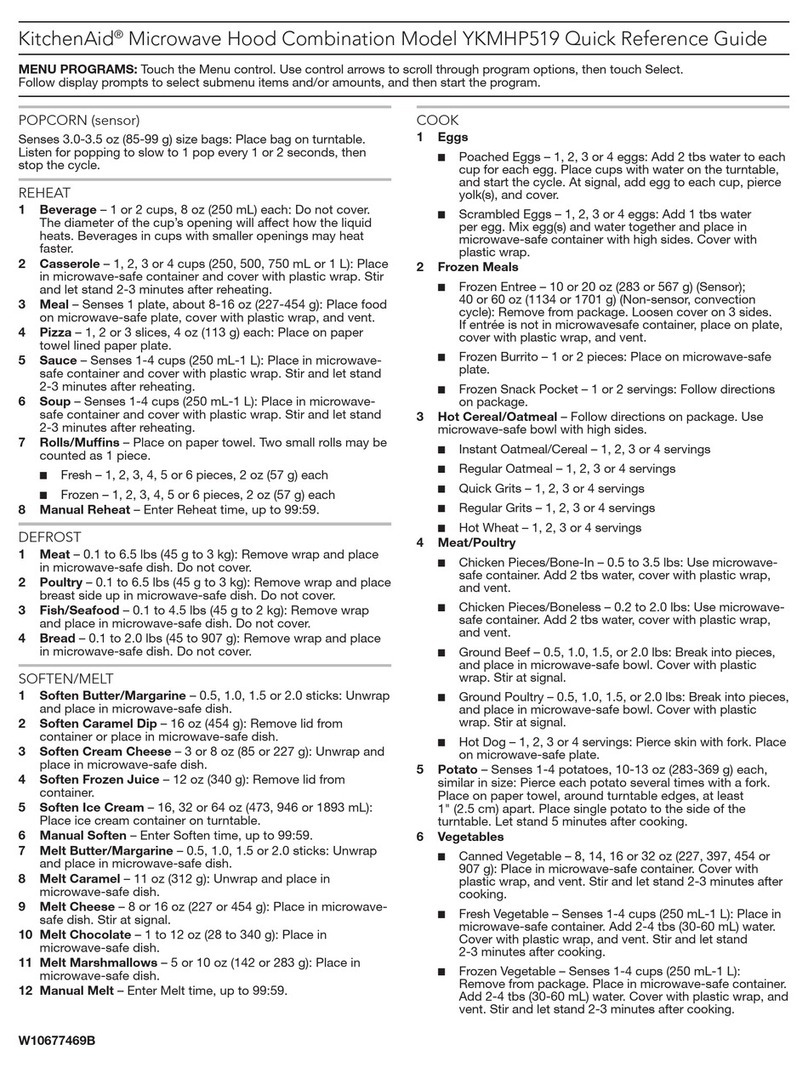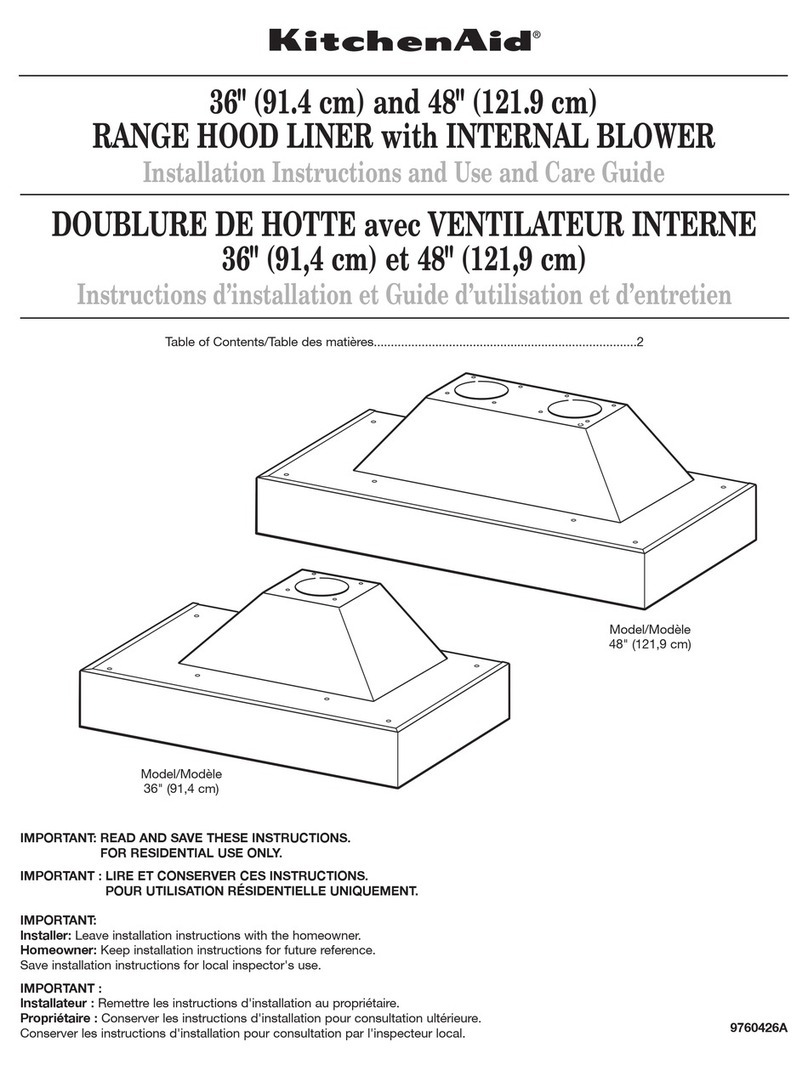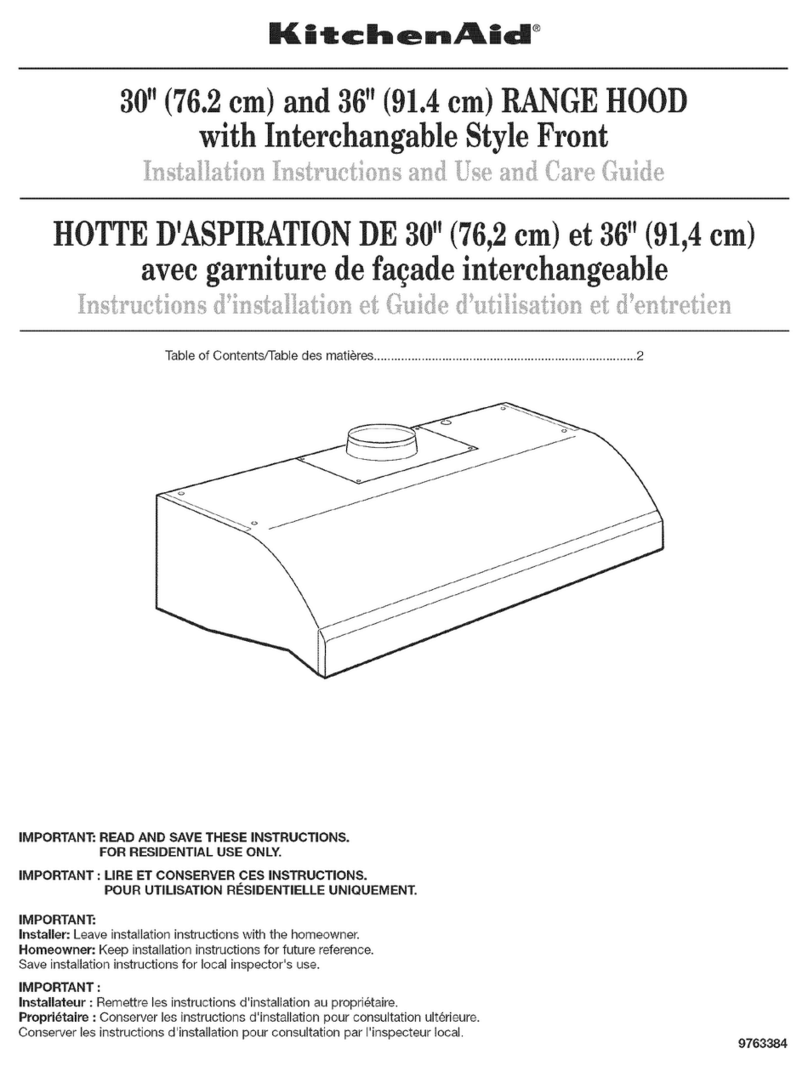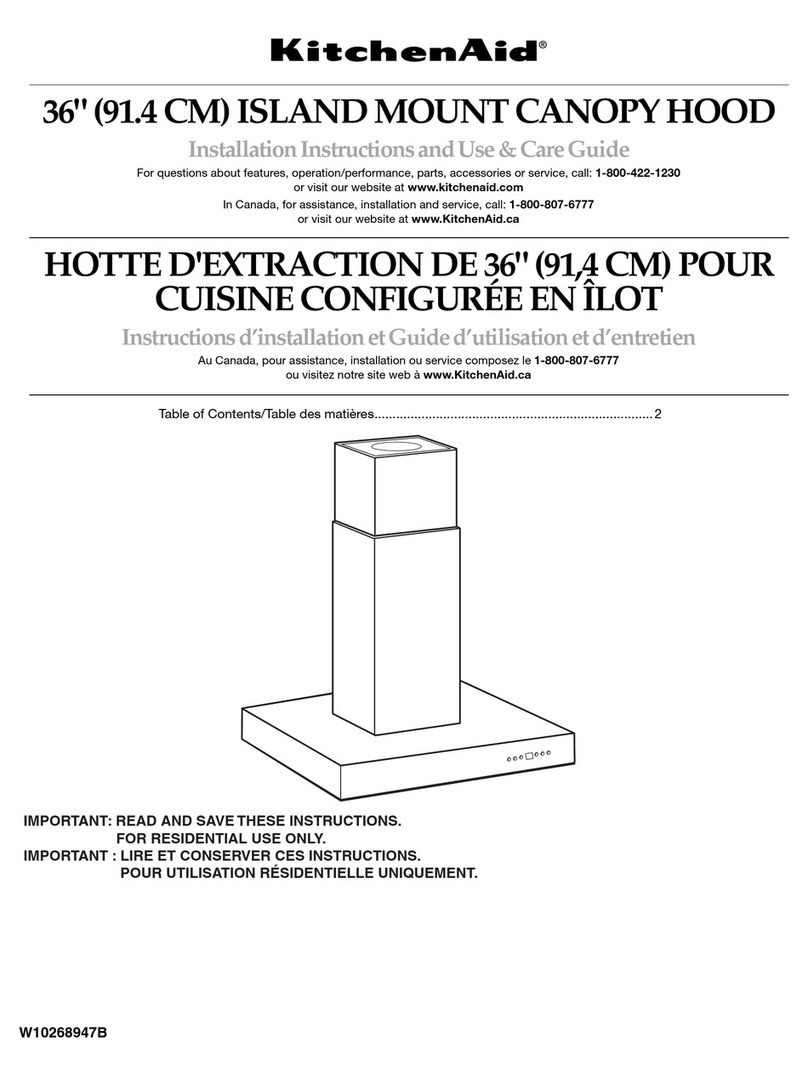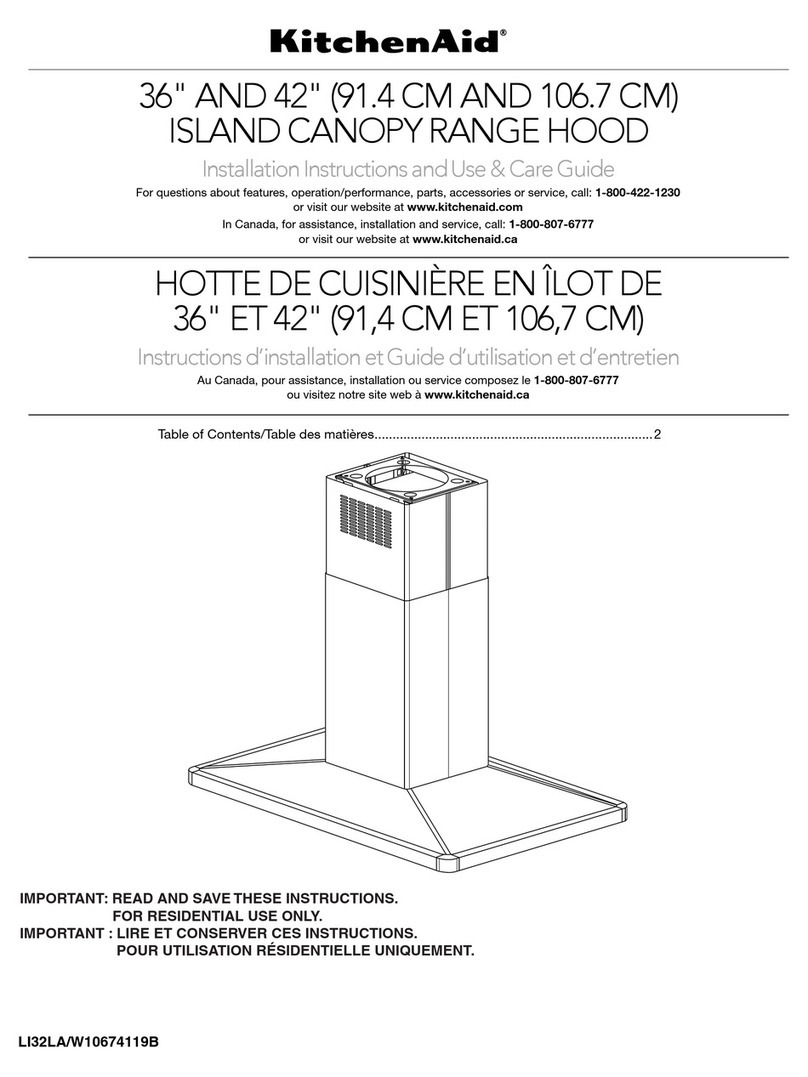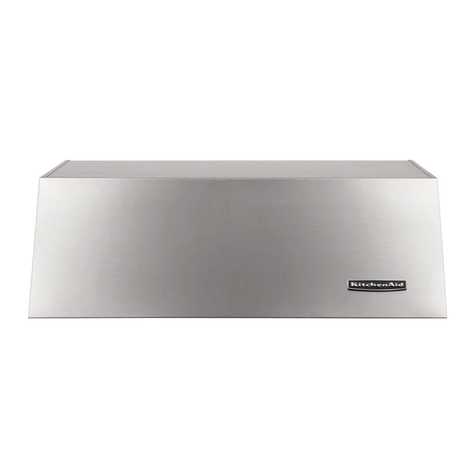Your safety and the safety of
others are very important,
We have provided many important
safety messages in this manual
and on your appliance. Always
read and obey all safety
messages.
This is the safety alert
symbol.
This symbol alerts you to
potential hazards that can kill or
hurt you and others.
All safety messages will follow the
safety alert symbol and either the
word "DANGER" or "WARNING".
These words mean:
You can be killed or seriously
injured if you don't immediately
foltow instructions.
You can be killed or seriously
injured if you don't foltow
instructions.
All safety messages will tell you
what the potential hazard is, tell you
how to reduce the chance of injury,
and tell you what can happen if the
instructionsare not followed.
mmportant: Observe aH governing
codes and ordinances,
Proper installation is your
responsibility. Make sure you have
everything necessary for correct
installation. It is the responsibility
of the installer to comply with the
installation clearances specified on
the model/serial rating plate.The
model/serial rating plate is located
on the front of the downdraft vent
above the wiring box cover.
Mobile home installation
The installation of this range hood
must conform to the Manufactured
Home Construction Safety
Standards, Title 24 CFR, Part 328
(formerly the Federal Standard for
Mobile Home Construction and
Safety, Title 24, HUD, Part 289) or
when such standard is not
applicable, the Standard for
Manufactured Home Installation
1982 (Manufactured Home Sites,
Communities and Setups) ANSI
A225.1/NFPA 591A*, or latest
edition, or with local codes.
Check location where downdraft
vent will be installed.The location
should be away from strong draft
areas, such as windows, doors
and strong heating vents or fans.
Before making countertop cutout,
check that downdraft vent and
cooktop location will clear cabinet
walls, backsplash, and rear wall
studs inside cabinet.
ALL OPENINGS IN THE WALL OR
FLOOR WHERE RETRACTABLE
DOWNDRAFT VENT iS TO BE
INSTALLED MUST BE SEALED.
Electrical ground is required. See
"Electrical requirements;' page 3.
When installing downdraft vent,
the cabinet drawer will need to be
removed and the drawer front
installed permanently to cabinet.
Note: Downdraft vent is installed
directly behind the cooktop. Install
downdraft vent first.
Cabinet construction: Downdraft
vent is designed for use in a
cabinet with a depth of 24"
(61 cm). Some installations
require a countertop deeper than
25" (63.5 cmL See chart on page 5.
The maximum depth of the
overhead cabinet is 13" (33 cm).
Overhead cabinets installed at
either side of the downdraft vent
must be 18" (45.7 cm) above the
cooking surface.
See cooktop Installation
instructions before making any
cutouts and for the minimum
distance between the front edge
of the countertop and front edge
of cooktop.The minimum
horizontal distance between the
overhead cabinets is the same as
the width of the installed
downdraft vent.
When installing a 36" (91.4 cm)
retractable downdraft vent with
"Create-A-Cooktop" modules, the
optional support must be installed
on the front of the downdraft vent.
See installation steps for details.
Parts supplied
for installation:
•t top trim
2 end cape
•2 lower support legs
2 overcounter support brackets
2 undemounter mounting brackets
•1 bag of fasteners
t meta_ cover
• 1 backdraft damper
•literature package
• optional support and two screws
(36" (91.4 era) models only
Parts needed
for installation:
• 2 U.L.= or C.S.A.4isted 1/2" (12.7 ram)
conduit connectors (3 are required if
the exterior-mounted vent motor is
used.}
• 1 wall cap for interior-mounted motor
• vent system
• power supply cable
• wiring cable for optiona_ remote b_ower
kit.
Tools needed for
installation:
•safety glasses
•g_oves
•jig or keyhole saw
• drill with 118" drill bit
• pencil
• measuring tape
• flat=b_ade screwdriver
• Phillips screwdriver
•318" (9.5 ram} nut driver or ratchet
•leve_
•pliers
•metal snips
• wire stripper or utility knife
caulking gun and weatherproof caumk
• duct tape
